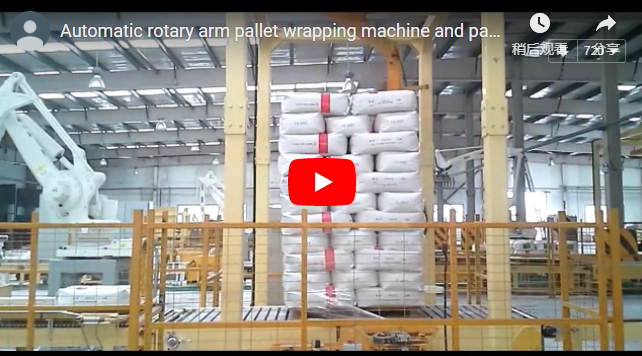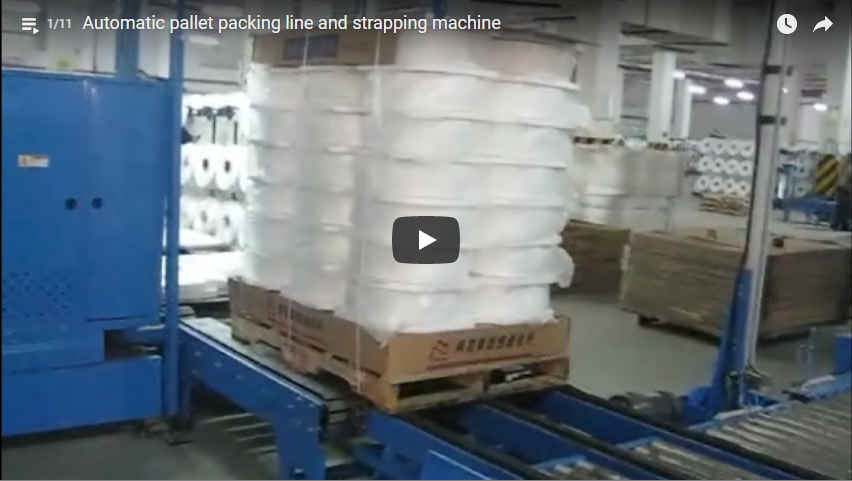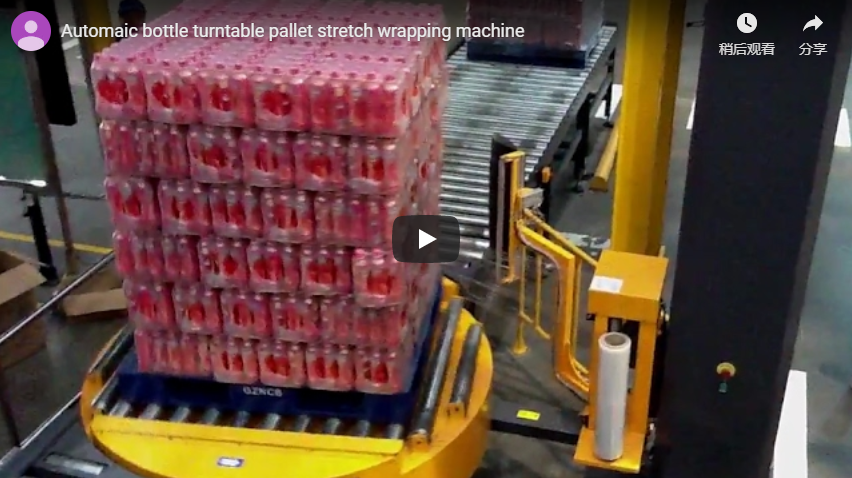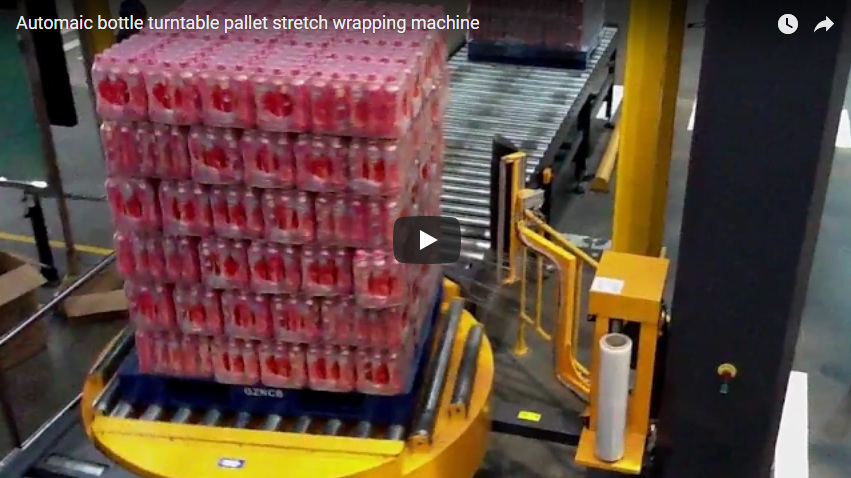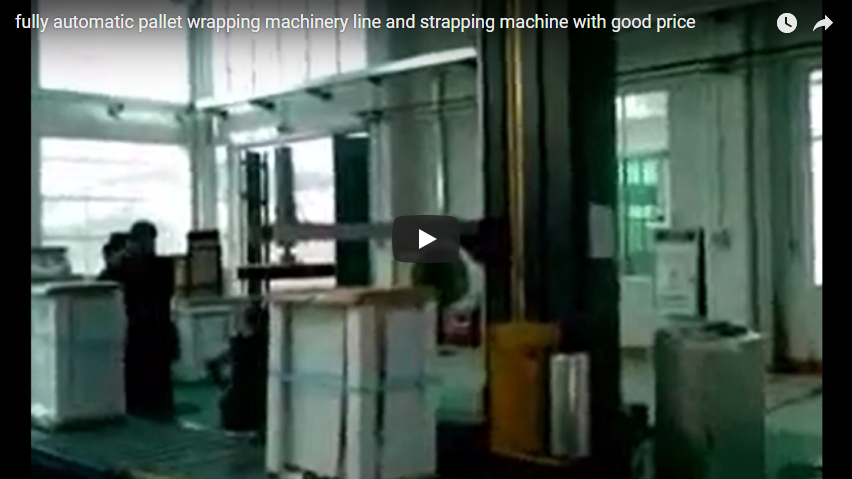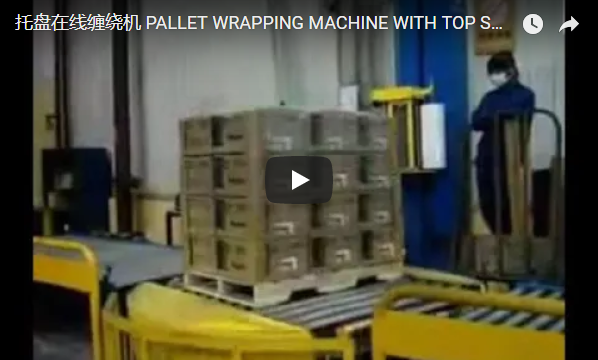Enhancing Logistics Efficiency: A Technical Guide to Pallet Stretch Wrapping Machines
In modern warehousing and distribution centers, securing palletized goods for transit is paramount. Pallet stretch wrapping machines represent a cornerstone technology in achieving load stability, product protection, and operational efficiency. This guide provides a detailed technical overview of these essential systems, exploring their components, key specifications, operational benefits, and considerations for selection, aligned with the practical focus valued in industrial distribution.
1. The Indispensable Role of Pallet Stretch Wrapping
Effective pallet wrapping goes beyond simply containing goods; it's a critical process impacting multiple facets of the supply chain:
- Load Security & Stability: Properly applied stretch film unitizes the load, preventing shifting, collapsing, and damage during handling, storage, and transportation. This significantly reduces product loss and associated costs.
- Product Protection: Stretch film acts as a barrier against dust, moisture, dirt, and UV radiation (with specific film types), preserving product integrity.
- Improved Handling Efficiency: Unitized loads are easier and safer to handle with forklifts and other material handling equipment, streamlining loading and unloading processes.
- Deterrent to Tampering: Opaque or colored stretch film can add a layer of security, making tampering more evident.
2. Deconstructing the Pallet Stretch Wrapper: Key Components
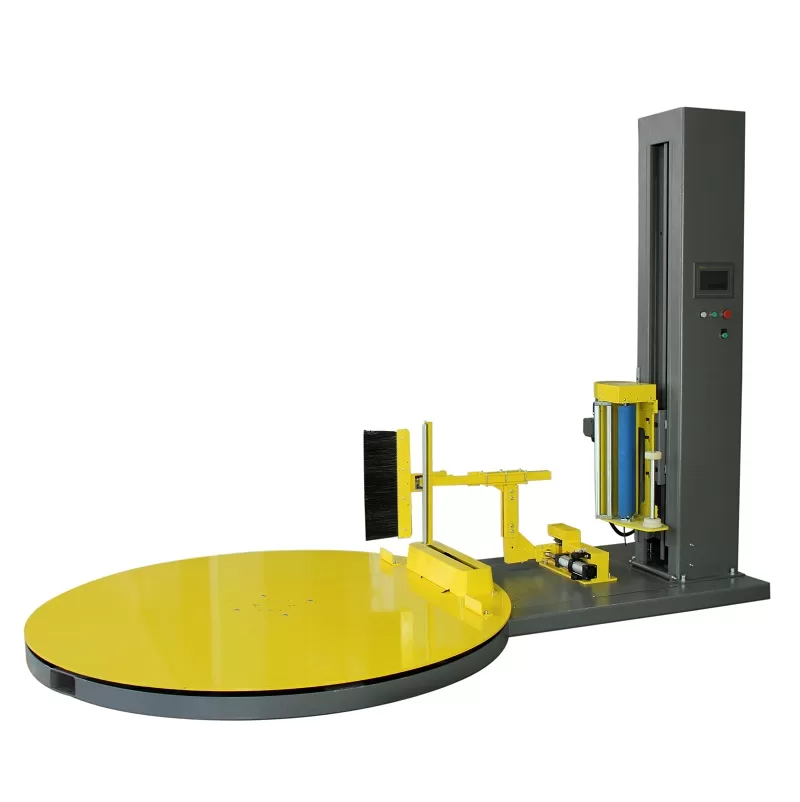
Understanding the core components is crucial for appreciating the machine's functionality and selecting the right model:
2.1. Turntable or Rotary Arm Mechanism
- Turntable Wrappers: The most common type, where the pallet load is placed onto a rotating platform. The film carriage moves vertically up and down a mast as the load spins. Ideal for stable loads within standard weight/dimension ranges.
- Rotary Arm Wrappers: The load remains stationary while a rotating arm carrying the film dispenser revolves around it. Suitable for very heavy, tall, light, or unstable loads that cannot withstand rotational forces.
2.2. Mast and Film Carriage System
- Mast: The vertical structure supporting the film carriage, determining the maximum wrapping height of the load. Various heights are available to accommodate different application needs.
- Film Carriage: Houses the stretch film roll and the film delivery system. The pre-stretch film carriage is a critical sub-component.
2.3. Pre-Stretch Film Carriage: Maximizing Efficiency
This system significantly enhances wrapping performance and economy. Key aspects include:
- Mechanism: Utilizes two rollers rotating at different speeds (powered pre-stretch). The film passes over these rollers and is stretched before being applied to the load.
- Benefits:
- Film Savings: Pre-stretching can increase film yield dramatically, often achieving stretch ratios of 150% to over 300%. This means one foot of film off the roll can become 2.5 to 4 feet applied to the load, leading to substantial reductions in film consumption (often 30-50% savings compared to no pre-stretch or hand wrapping).
- Improved Load Containment: Stretched film offers higher tensile strength and memory, creating a tighter, more secure wrap with better holding force.
- Consistency: Ensures uniform film tension across the entire load.
2.4. Control System
- Interface: Typically features a Programmable Logic Controller (PLC) with a user-friendly interface (touchscreen or push buttons).
- Functionality: Allows operators to set parameters like turntable/arm speed, carriage speed (up/down), number of top and bottom wraps, film tension, and pre-stretch percentage (if variable). Automated programs for different load types can often be stored.
3. Key Technical Specifications & Considerations
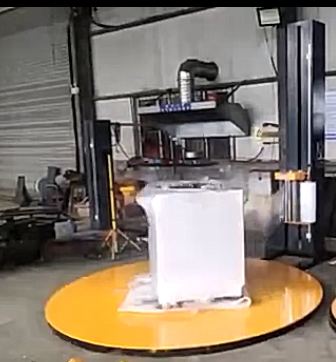
Selecting the appropriate machine requires evaluating its technical capabilities against operational requirements. Here’s a comparative data checklist:
- Maximum Load Size (L x W): Defines the largest pallet footprint the machine can handle (e.g., 50" x 50", 55" x 55").
- Maximum Load Height: Standard options often range from 80" to 110", with custom heights available. Consider future needs.
- Maximum Load Weight Capacity: Crucial for turntable models (e.g., 4000 lbs, 5000 lbs, 6000+ lbs). Rotary arm wrappers generally handle heavier loads as the weight is stationary.
- Turntable/Arm Speed: Typically adjustable, often from 3 to 15 RPM. Higher speeds increase throughput.
- Wrapping Efficiency: Measured in loads per hour (e.g., 20-50 LPH for semi-automatic, 50+ LPH for high-speed automatic). This depends heavily on the wrap cycle parameters.
- Film Carriage Type: Powered Pre-Stretch is highly recommended. Specify the standard or variable pre-stretch percentage (e.g., Fixed 250%, Variable 150-300%).
- Film Compatibility: Designed for specific types (LLDPE - Linear Low-Density Polyethylene) and gauges (microns) of stretch film. Ensure compatibility with your preferred film supplier.
- Power Requirements: Common options include 110V/1Ph/60Hz, 220V/1Ph/60Hz, or 3-phase power for heavier-duty models. Verify site compatibility.
- Machine Footprint: Consider the physical space required for the machine and safe operating clearances.
4. Operational Insights & User Experience
From a practical standpoint, consider these factors:
- Ease of Use: Intuitive controls, simple film roll loading, and easy program selection minimize training time and operator error.
- Maintenance: Look for designs allowing easy access to motors, rollers, and wear parts for routine cleaning, lubrication, and replacement. Preventative maintenance schedules are key to longevity.
- Safety Features: Standard safety measures include emergency stop buttons, safety bumpers on the carriage, anti-fall devices, and potentially safety fencing for fully automatic systems.
- Customization: Options like integrated scales, top sheet dispensers, roping devices (to form a reinforcing band), and various levels of automation (semi-auto vs. fully auto with conveyors) allow tailoring the machine to specific needs. The availability of various height and weight capacities caters to diverse client requirements.
5. Conclusion: Investing in Pallet Wrapping Technology
Pallet stretch wrapping machines are more than just packaging equipment; they are investments in product integrity, operational efficiency, and supply chain resilience. By carefully considering the technical specifications, understanding the function of key components like the pre-stretch carriage, and matching the machine's capabilities (including height and weight choices) to specific application demands, businesses can significantly improve their load containment strategies and reduce overall operating costs.
More details, www.fhopepack.com

